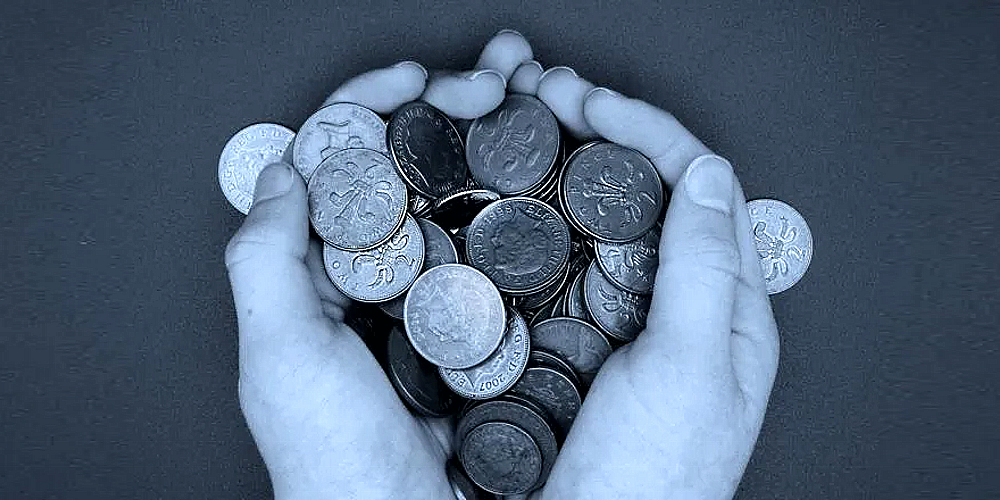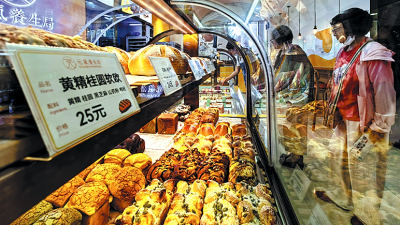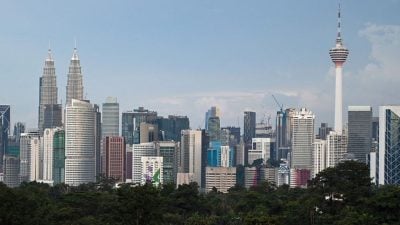
“Nagtataas ang presyo, lumiliit ang laman. Sobrang liit na eh, [halos] wala nang laman.” (Prices are rising while products are shrinking. It’s too small that there’s almost nothing left to consume.)
Thus lamented Steven Cua, president of the Philippine Amalgamated Supermarkets Association, sharing that amid the boost in consumer spending brought about by the holiday season, manufacturers, retailers, and consumers continue to grapple with “shrinkflation”, a phenomenon where consumer goods are being sold at the same price but at a lower quantity.
Because of shrinkflation, for example, a regular can of widely consumed sardines is now just 140 grams—not 155 grams—just so the majority of Filipinos can still fit them into their tight budgets.
Meanwhile, some bakeries have reduced the size of the breakfast staple pandesal from 35 grams to 25 grams each to avoid any price hikes.
Ultra budget-sensitive
More examples of shrinkflation abound, from the smaller bakery products to more modest serving sizes in restaurants and the lower quality and quantity of a number of manufactured goods such as pet food and snacks.
Business owners resort to this tactic mainly because of the fear that they would lose their ultra budget-sensitive market if they raise prices to cover the corresponding increase in their production costs.
This phenomenon of shrinkflation is not exactly new, however, but became more prevalent starting 2022 when inflation, or the escalation in the prices of basic goods and services that Filipino consumers regularly consume, started heating up to multi-year highs.
Indeed, inflation escalated to a 14-year high of 8.1 percent in December 2022, the highest since November 2008.
This brought the 2022 average to 5.8 percent, the highest in the Association of Southeast Asian Nations. It also blew well past the government target of 2 to 4 percent and faster than the 3.9 percent posted in 2021.
Shrinking sizes of food items
The heating up of inflation was blamed largely on Russia’s invasion of Ukraine that caused oil prices to shoot up and commodity prices to surge as global supply chains were thrown into chaos.
The depreciation of the peso against the United States dollar added to the price woes.
Consumers then already noticed the shrinking sizes of food items that they buy, and was enough of a concern to warrant product checks by the Philippine Statistics Authority.
There is, however, nothing illegal about adjusting product sizes, quantities, or quality as a strategy to keep prices the same and keep their consumers.
As Ateneo de Manila University economist Leonardo Lanzona had said, shrinkflation is a normal reaction of businesses who believe they could not afford to raise their selling prices even if their production costs are going up.
‘Silent’ price increase
“It is a perfectly rational response of firms to maintain their price and still keep their profit margins,” Lanzona had said.
But even if manufacturers or retailers do not change the price tag, the impact on the consumer—particularly those in the lower income brackets—is the same: a substantial weakening in their purchasing power since they are getting less for the same price.
Thus Cua called on the Marcos administration to take immediate and effective actions to bring down elevated costs that have given rise to the “silent” price increase that is shrinkflation, so that most Filipinos will get more value, not less, out of their hard-earned peso.
Inflation has admittedly been finally cooling down, with the number slowing for the second straight month in November to a 20-month low of 4.1 percent from a 14-year high of 8.7 percent at the start of the year, primarily due to the global decline in the prices of petroleum products, the stronger peso, plus lower prices of key food items such as sugar, fish, and vegetables.
Dangerous complacency
But government planners should not celebrate just yet nor be lulled into dangerous complacency as despite the deceleration in recent months, the average inflation for the year at 6.2 percent is still far beyond the target for 2023 of just 2 to 4 percent.
Plus, risks that prices will again go up are high, according to Bangko Sentral ng Pilipinas, which is particularly worried about the adverse impact of the El Niño weather phenomenon—characterised by a longer and more severe dry season—that will bring below-normal rainfall that will disrupt food production and energy generation.
The Marcos administration is fortunately not blind to these concerns and has already started planning for the impact of a severe El Niño.
These can go further, however, if combined with other long- and short-term strategies crucial to securing food supply, such as the timely importation of key commodities that may be in short supply and the possible exemption of agriculture delivery trucks from toll increases to keep costs down, according to the National Economic and Development Authority.
Doing so will give both producers and consumers much needed relief from shrinkflation.
ADVERTISEMENT
ADVERTISEMENT








































